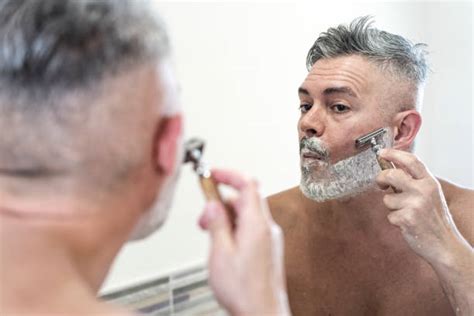How can I prevent razor burn for a consistently sharp, irritation-free shave?
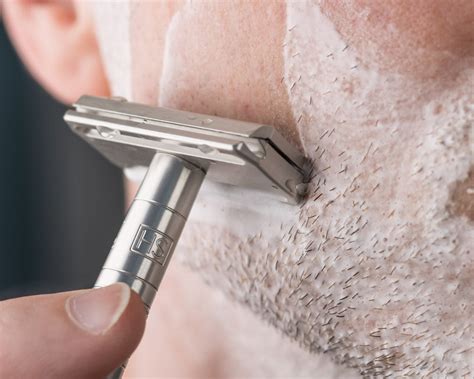
Understanding Razor Burn: More Than Just a Nuisance
Razor burn, characterized by redness, stinging, and small bumps, is a common complaint for many who shave. It occurs when hair follicles become irritated due to improper shaving techniques, dull blades, or a lack of skin preparation. While it’s often confused with ingrown hairs (which happen when hair curls back into the skin), razor burn is an immediate epidermal response to trauma from the razor. The good news is that with a few simple adjustments to your shaving ritual, you can significantly reduce, if not eliminate, this uncomfortable irritation and enjoy a consistently sharp, smooth, and irritation-free shave.

1. Prepare Your Skin Properly
Preparation is the bedrock of a good shave. Start by softening your hair and opening your pores. The best time to shave is often after a warm shower or bath, as the steam helps to hydrate the hair, making it easier to cut. If showering isn’t an option, apply a warm, damp towel to the area for a few minutes.
Next, consider a gentle exfoliation. Using a mild face scrub or exfoliating brush can help remove dead skin cells and lift hairs, preventing them from becoming trapped and contributing to razor burn or ingrown hairs. This step creates a smoother surface for your razor to glide over.
2. Choose Your Tools Wisely
The quality of your shaving tools plays a crucial role. A sharp razor blade is paramount. Dull blades drag and pull at the hair, causing irritation and requiring multiple passes, which exacerbates the problem. Replace disposable razors frequently – after 5-7 uses for multi-blade cartridges, or even more often if you have sensitive skin or coarse hair. For safety razors, replace the blade after 2-3 uses.
Invest in a high-quality shaving cream, gel, or oil. These products create a protective barrier between the blade and your skin, reducing friction and allowing the razor to glide smoothly. Look for formulations that are moisturizing and contain soothing ingredients like aloe vera or shea butter, and avoid those with harsh chemicals or excessive alcohol that can dry out your skin.

3. Master Your Shaving Technique
Technique can make or break your shave. Always shave with the grain (in the direction your hair grows) first. This minimizes tugging and irritation. If a closer shave is desired, a second pass can be made across the grain, but never go against the grain if you are prone to razor burn, as this lifts the hair too aggressively and can cause micro-abrasions.
Use light, gentle pressure. Let the sharpness of the blade do the work. Pressing too hard is a common cause of irritation. Rinse your razor blade frequently under warm water to clear away hair and shaving cream, ensuring a clean cut with each stroke. Avoid going over the same spot repeatedly, as this strips away the protective lather and irritates the skin.
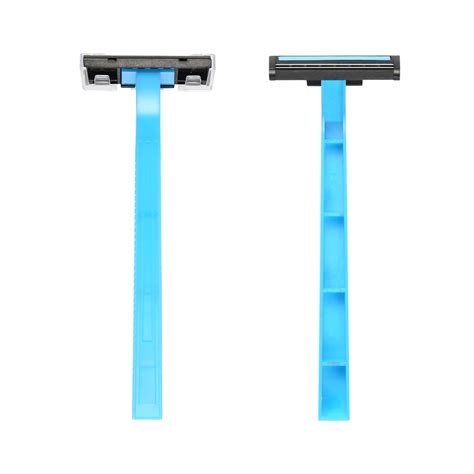
4. Prioritize Post-Shave Care
Once you’ve finished shaving, rinse your face thoroughly with cool water. This helps to close your pores and soothe the skin. Gently pat your skin dry with a clean towel; do not rub vigorously.
Apply a soothing, alcohol-free aftershave balm or moisturizer. Alcohol-based products can dry out the skin and cause stinging. Look for balms with ingredients like witch hazel, chamomile, or calendula, which help calm irritation and hydrate the skin. Regular moisturizing, even on non-shaving days, keeps your skin supple and resilient, making it less prone to irritation.
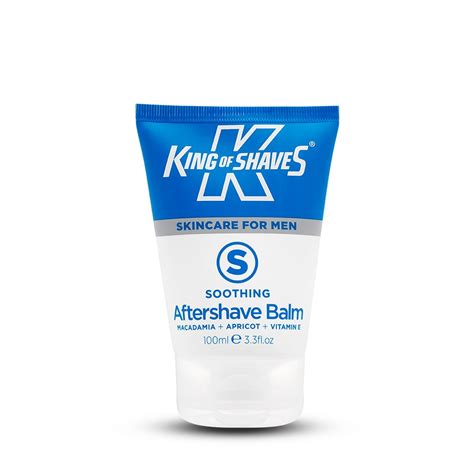
5. Maintain Your Razor
Proper razor maintenance extends the life of your blades and ensures hygienic shaves. After each use, rinse your razor thoroughly to remove all hair and shaving cream. Store your razor in a dry, well-ventilated area to prevent bacterial growth and rusting, which can dull blades prematurely. Some prefer to use a razor stand to allow air to circulate around the blade.
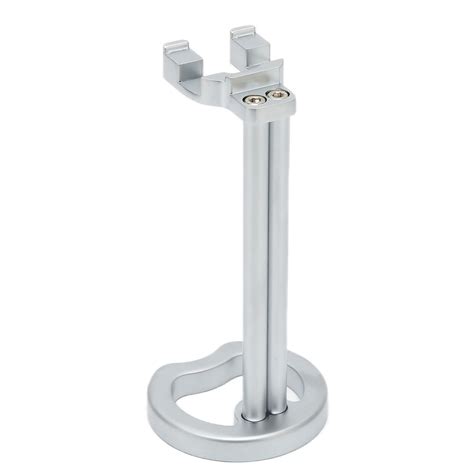
Embrace a Smoother Shave
Preventing razor burn isn’t about magic; it’s about consistency and attention to detail. By dedicating a little extra time to proper skin preparation, using sharp, quality tools, refining your shaving technique, and following up with thoughtful post-shave care, you can transform your shaving experience. Embrace these practices, and you’ll find yourself enjoying a consistently sharp, irritation-free shave, leaving your skin feeling smooth, comfortable, and healthy.






